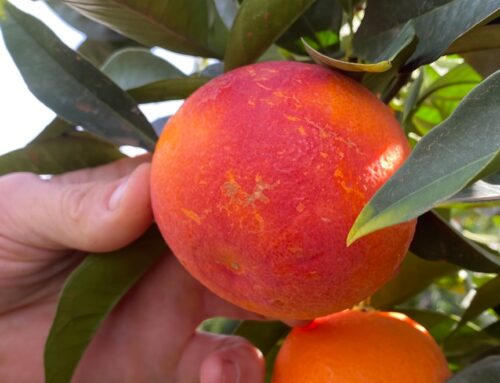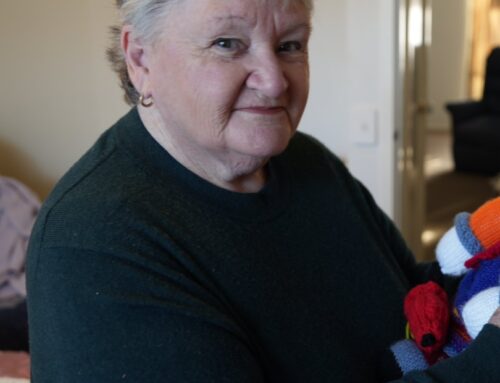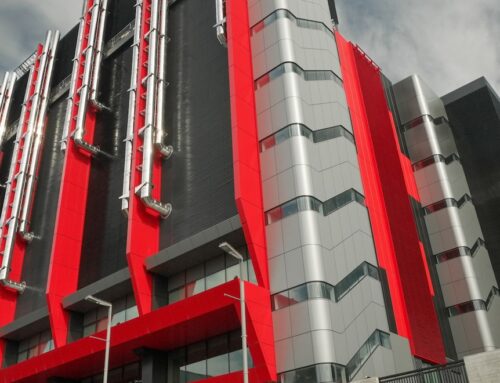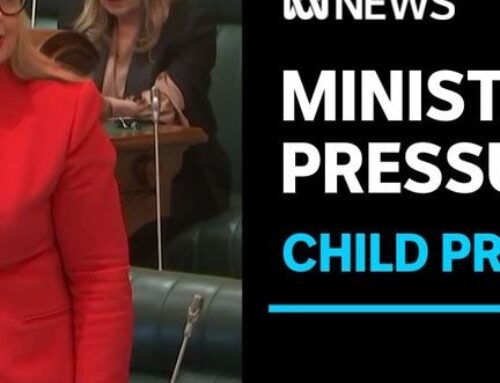An environmental expert says a proposed rocket-launching facility near Port Lincoln in South Australia should not go ahead, and the site should become a southern emu-wren repopulation site to save the bird from extinction.
Key points:
- Whalers Way is home to several threatened species, including the endangered southern emu-wren
- Conservationists say rocket activity could significantly disrupt the bird’s habitat and breeding patterns
- Southern Launch says there will be minimal disturbance to birdlife
Australian space company Southern Launch has entered the public consultation phase of its proposal to build a multi-user rocket launch facility at Whalers Way.
Whalers Way is one of the more secure parts of the endangered bird’s range, according to University of Adelaide associate professor of environmental economics Patrick O’Connor.
He said the privately owned site zoned for conservation was not suitable for a rocket launch facility and feared for the Eyre Peninsula subspecies of the bird
“It’s one of the more intact areas in what is otherwise a fragmented population,” he said.
“To recover this species, that’s where we would want to make sure that those sites are most protected so that we can repopulate out of there in the future as we restore the landscape.”
The endangered bird’s population stands at fewer than 750.
Rocket activity fuels conservation fears
The Nature Conservation Society of South Australia recently conducted surveys to update knowledge of the bird’s distribution on the Eyre Peninsula.
The study found the birds were still present at 10 of the 11 sites last identified in 2009, with one group that lived in Coffin Bay National Park having vanished and the overall area of occupancy declining by 20 per cent.
Southern Launch said noise from rocket activity would cause minimal disturbance to birdlife beyond a “startle response” where birds leave the area during launch noises but return soon after.
Communications and engagement manager Amy Featherston likened the disruption to everyday noises animals responded to.
“If you think about when your own dog barks when there’s a knock on the door, they’re startled,” she said.
“Their response to the startle effect that will happen from a rocket launch will only last for a maximum of 35 seconds. And just like when your dog starts resuming normal behaviour after the knock on the door, the birds will do the same.”
Dr O’Connor said the real test of the impact of rockets was not if the birds were startled, but if the activity changed their breeding patterns or habitat preferences.
“The persistent noise of having operations at that site, as well as any number of rocket launches that might occur, all of those things run a very high risk of causing another one of these populations to disappear,” Dr O’Connor said.
Long-lasting impact of bushfires
The southern emu-wren is extremely sensitive to fire due to its limited capacity for flight and reliance on low, dense vegetation to survive.
The birds are still absent from places burnt during a bushfire in 2005 at Wangary.
Fire suppression systems are on site and Country Fire Service approvals are required for each launch based on fire danger ratings.
A practice launch at the end of 2021 caused a fire when the rocket misfired.
Birds SA conservation committee chair Ray Nias said fire risk was a significant liability for the development.
“It doesn’t matter whether it’s rockets or not, any industrial facility like this increases the amount of disturbance to the habitat,” he said.
“But the overwhelming problem is that it makes it more vulnerable to fires. We’ve lost one population from fire already.”
A Southern Launch spokesperson said a permanent presence at Whalers Way and the increased weather monitoring technology the company plans to install at the site would help prevent future bushfires in the area.
Final decision looms
Public consultation on the proposal closes in early February, after which the federal Department of Climate Change, Energy, the Environment and Water will assess the proposals under national environment law to determine whether it can go ahead.
Whalers Way is home to several other threatened species, including the mallee whipbird, the Australian fairy tern and the eastern hooded plover.
SA Greens parliamentary co-leader Tammy Franks said Whalers Way was not the right place for space exploration.
“Surely in 2024, we’re clever enough with our planning laws and our attitude to find a place where space and conservation can coexist,” she said.
“We should be going back to the drawing board and finding a place where we don’t have to make amends for the damage we cause, but simply not cause the damage in the first place.”
Planning Minister Nick Champion announced earlier this month that the company would not be granted permission for any further test launches.





